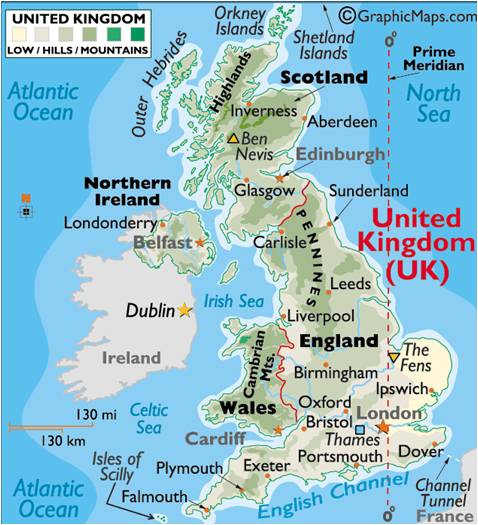Windsor
Windsor Castle
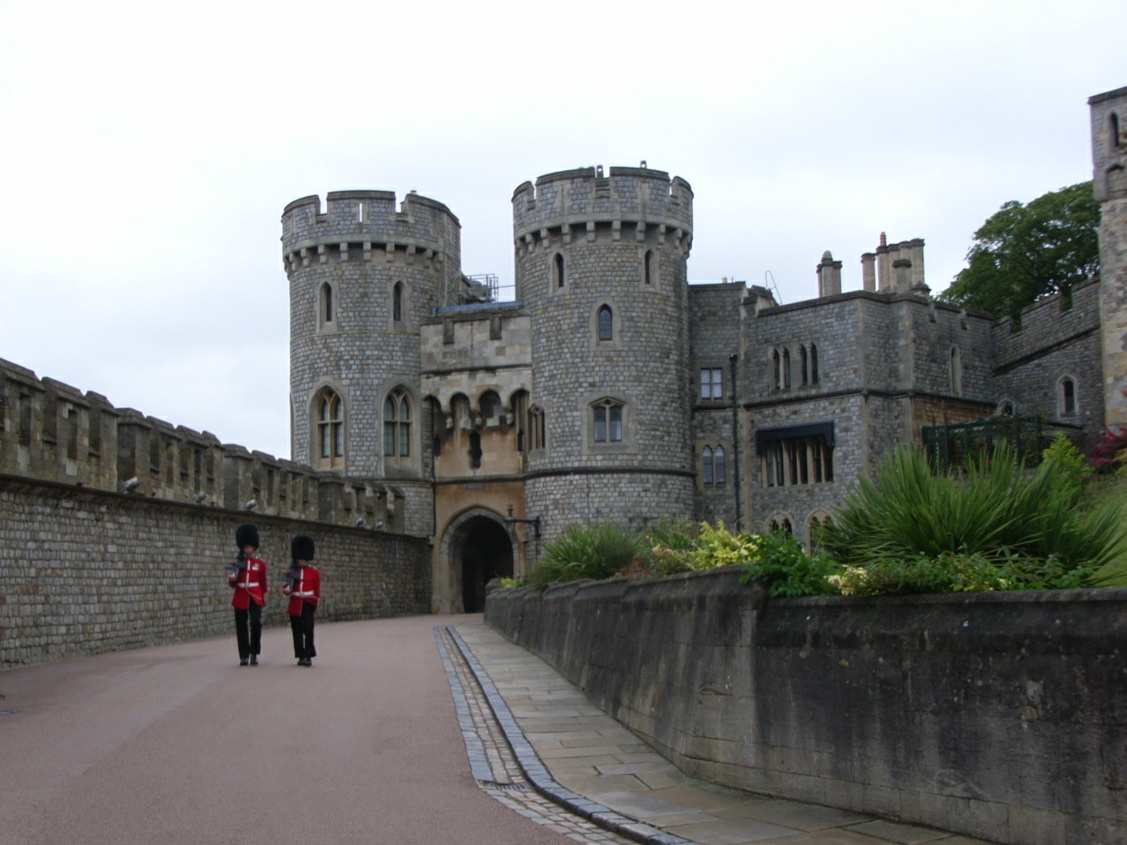 Windsor Castle is the world’s oldest and largest occupied castle dating back to the 11th century and William the Conqueror. Since the time of Henry I (1100 – 1135) it has been used by the English Monarch and has undergone substantial enlargements and improvements from Henry II (1154 – 1189) up to the present Queen Elizabeth II who uses it as a private residence during her weekends and also for ceremonial and State occasions. READ MORE
Windsor Castle is the world’s oldest and largest occupied castle dating back to the 11th century and William the Conqueror. Since the time of Henry I (1100 – 1135) it has been used by the English Monarch and has undergone substantial enlargements and improvements from Henry II (1154 – 1189) up to the present Queen Elizabeth II who uses it as a private residence during her weekends and also for ceremonial and State occasions. READ MORE
Lincoln
Lincoln Cathedral
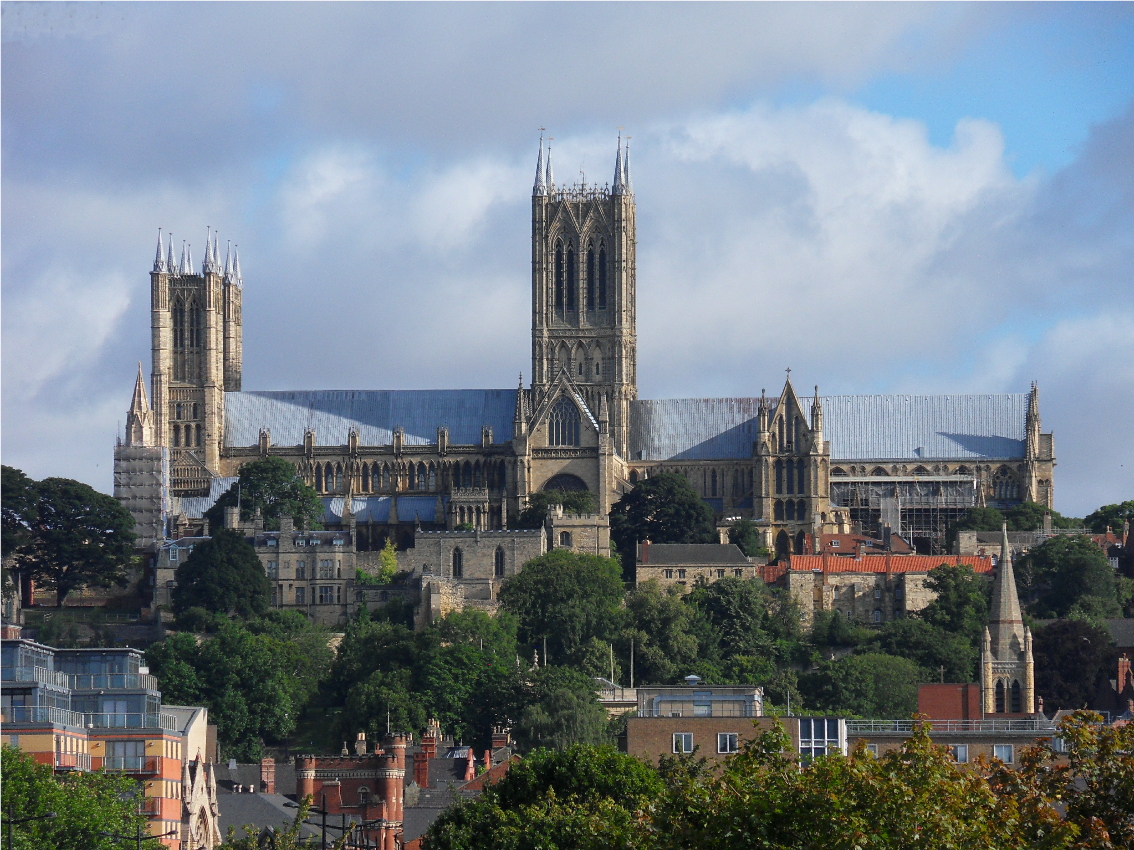 Lincoln Cathedral, The Cathedral Church of the Blessed Virgin Mary of Lincoln, is one of England’s finest Gothic cathedrals. Located in the historic city of Lincoln, it was commissioned by William the Conqueror in 1072 and was constructed on the site of an Anglo Saxon church. The building was completed in 1092 under the supervision of Bishop Regimus. In 1142 it was destroyed by fire but was rebuilt and expanded by Bishop Alexander (known as ‘the Magnificent’). READ MORE
Lincoln Cathedral, The Cathedral Church of the Blessed Virgin Mary of Lincoln, is one of England’s finest Gothic cathedrals. Located in the historic city of Lincoln, it was commissioned by William the Conqueror in 1072 and was constructed on the site of an Anglo Saxon church. The building was completed in 1092 under the supervision of Bishop Regimus. In 1142 it was destroyed by fire but was rebuilt and expanded by Bishop Alexander (known as ‘the Magnificent’). READ MORE
Lincoln Castle
 Located in the city of Lincoln, which by Norman times, rated third in prosperity and importance of the cities in England. Something that was due to its location and proximity of roads and rivers. Following the defeat of the English by William Duke of Normandy (William the Conqueror) at the Battle of Hastings in 1066, William encountered resistance to his rule particularly in the North of the country and wished to consolidate his position; one such way of doing this was to construct a number of castles. In 1068 he commenced the construction of Lincoln Castle on the site of the former Roman fort at the top of the hill. READ MORE
Located in the city of Lincoln, which by Norman times, rated third in prosperity and importance of the cities in England. Something that was due to its location and proximity of roads and rivers. Following the defeat of the English by William Duke of Normandy (William the Conqueror) at the Battle of Hastings in 1066, William encountered resistance to his rule particularly in the North of the country and wished to consolidate his position; one such way of doing this was to construct a number of castles. In 1068 he commenced the construction of Lincoln Castle on the site of the former Roman fort at the top of the hill. READ MORE
Grantham
Belton House
 Located on the outskirts of Grantham, Lincolnshire, the Grade I listed building of Belton House is one of the finest examples of Carolean (Restoration) Architecture, which became popular following the restoration of the monarchy in 1660.
Located on the outskirts of Grantham, Lincolnshire, the Grade I listed building of Belton House is one of the finest examples of Carolean (Restoration) Architecture, which became popular following the restoration of the monarchy in 1660.
Set in parkland and a number of gardens, the estate contains an orangery and, although not part of Belton House, the grounds contain the Parish Church of St Peter and St Paul which dates back to Norman times and is the burial place of many of the previous owners of the estate. READ MORE
Kettering
Rushton Hall
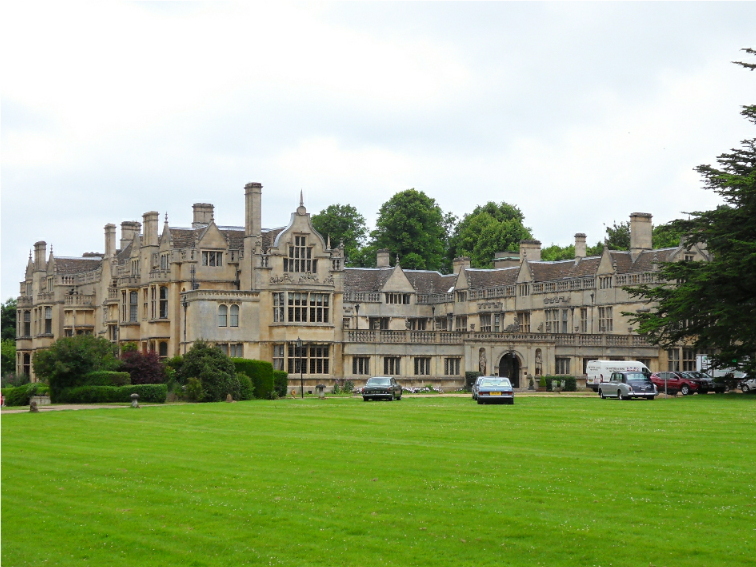 Acquired by William Tresham in 1438, Rushton Hall remained in the Tresham family for nearly 200 years. During that time it was developed to incorporate a number of architectural styles. Rushton Hall survived Francis Tresham’s involvement in the Gunpowder Plot!! His involvement in the Plot resulted in his death in the Tower of London in 1605. The Hall then passed to his son Lewis Tresham who sold it to Sir William Cockayne in 1619. The estate later came back to the Treshams through the marriage of the then owner, the 2nd Viscount Cullan to Elizabeth Tresham, although it subsequently had to be sold as a result of the couple’s extravagant life style. READ MORE
Acquired by William Tresham in 1438, Rushton Hall remained in the Tresham family for nearly 200 years. During that time it was developed to incorporate a number of architectural styles. Rushton Hall survived Francis Tresham’s involvement in the Gunpowder Plot!! His involvement in the Plot resulted in his death in the Tower of London in 1605. The Hall then passed to his son Lewis Tresham who sold it to Sir William Cockayne in 1619. The estate later came back to the Treshams through the marriage of the then owner, the 2nd Viscount Cullan to Elizabeth Tresham, although it subsequently had to be sold as a result of the couple’s extravagant life style. READ MORE
Norfolk
Blickling Hall
 Blickling Hall is located in the village of Blickling, north of Aylsham, Norfolk and dates back to the 11th century when it was the manor house of Harold Godwinson who, on the death of King Edward the Confessor, become the King of England. Following Harold’s death at the Battle of Hastings in 1066 and the succession of William I, the house was given by William to his chaplain. By 1091 it had become the Bishops’ country palace. READ MORE
Blickling Hall is located in the village of Blickling, north of Aylsham, Norfolk and dates back to the 11th century when it was the manor house of Harold Godwinson who, on the death of King Edward the Confessor, become the King of England. Following Harold’s death at the Battle of Hastings in 1066 and the succession of William I, the house was given by William to his chaplain. By 1091 it had become the Bishops’ country palace. READ MORE
Felbrigg Hall
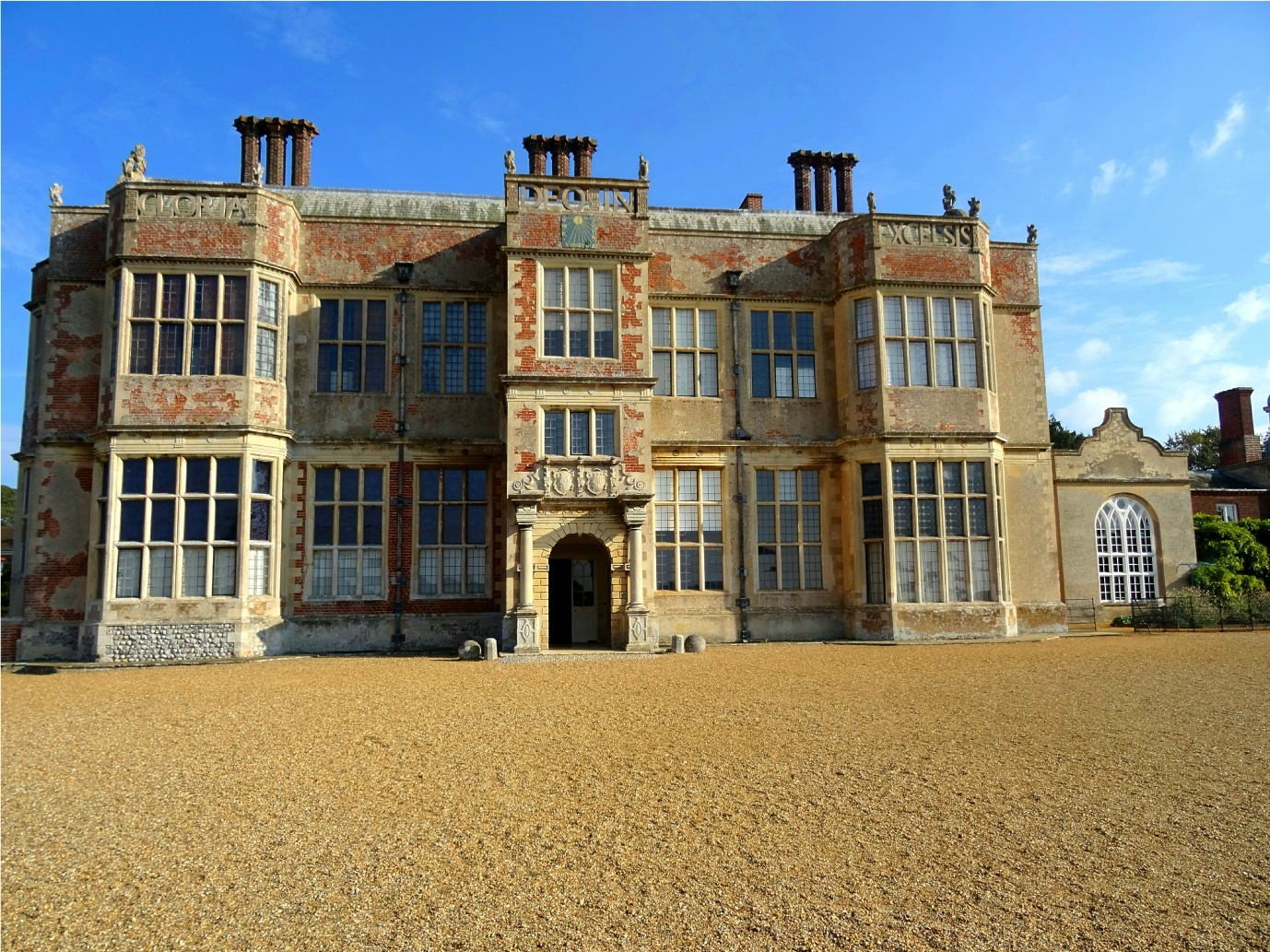 Felbrigg Hall is located at Felbrigg near Norwich, Norfolk and at one time was one of the largest estates in Norfolk. The heart of the estate was built up before the Norman Conquest by the Bigod family who settled following the Danish invasions of the 9th century. The Domesday Book survey in 1086 recorded the village as a possession of the Bigod family, although it is believed to have been owned at one time by Gyrth Godwinson, the brother of King Harold the English King who was defeated at the Battle of Hastings in 1066. READ MORE
Felbrigg Hall is located at Felbrigg near Norwich, Norfolk and at one time was one of the largest estates in Norfolk. The heart of the estate was built up before the Norman Conquest by the Bigod family who settled following the Danish invasions of the 9th century. The Domesday Book survey in 1086 recorded the village as a possession of the Bigod family, although it is believed to have been owned at one time by Gyrth Godwinson, the brother of King Harold the English King who was defeated at the Battle of Hastings in 1066. READ MORE



